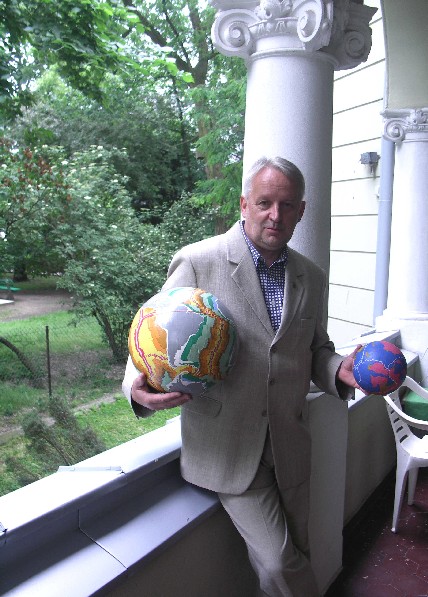Mantle Plumes and Dynamics of the Earth Interior - Towards a New Model
Year: 2004 Pages: 10
Keywords: mantle, seismic tomography, convection, hot spots, geodynamic models, expanding Earth
Seismic tomography provides reconstructions of thermal-density structure of the Earth's mantle as deep as the mantle/ core boundary (CMB). For the first time, a direct image of dynamic processes, occurring inside the globe, was obtained. Existing plate-tectonic models of modern geodynamics lead to a number of discrepancies. Most important are: stationary position of mantle plumes as the assumption of the convection process in the Earth's mantle, mantle convection versus data on both its viscosity and the existence of global seismic discontinuities, possibility of horizontal displacements of lithospheric plates above the discontinuous LVZ zone which disappears under deep-seated continental ?roots?, the model of radially growing distance between mid-oceanic ridges and Africa (also Antarctica), the growing separation between hot spots occur in neighbouring plates with time, geophysical data indicative of considerable input of energy and material from the Earth's core into the mantle, uncompensated by any exchange between the lower and upper mantle. New models (multi-layered convection or a plate-tectonic hybrid convection model) intend to explain tomographic image with taking into consideration geochemical data but with miserable results. The nature of mantle convection still remains controversial. The phenomenon of stationarity of hot spots relative to the accepted plate movements and the absence of evidence indicating deformations of mantle plumes by the convection system are also unclear and controversial. The presented model of the expanding Earth's offers a reasonable solution to these discrepancies and paradoxes.


